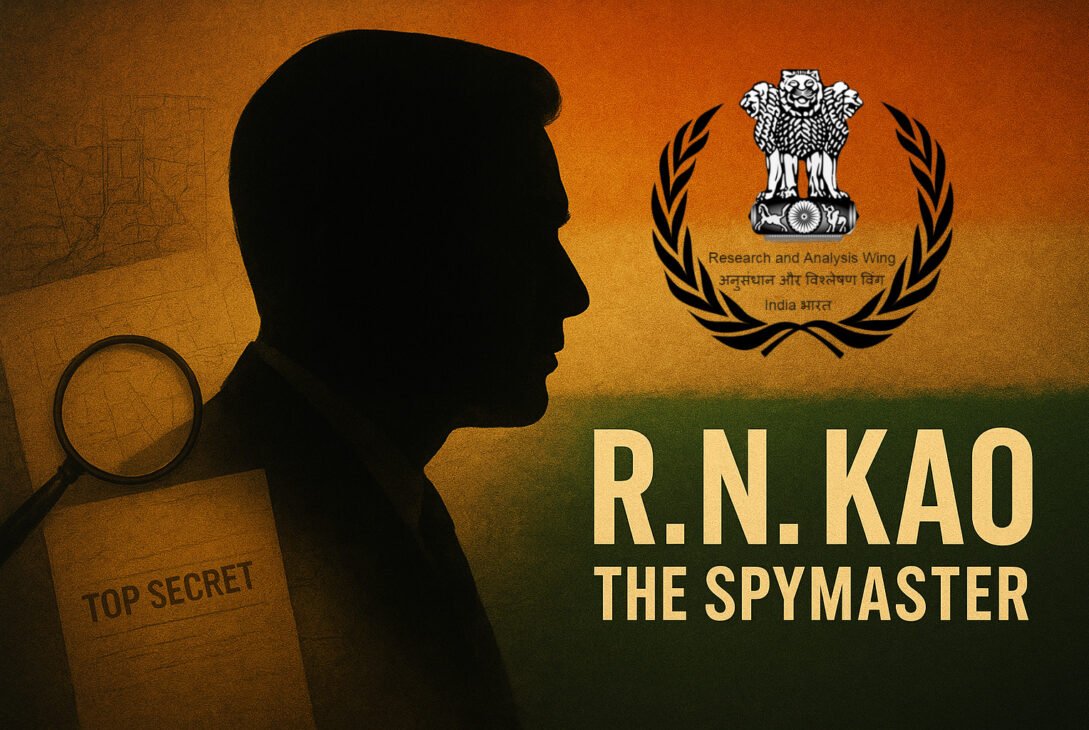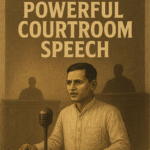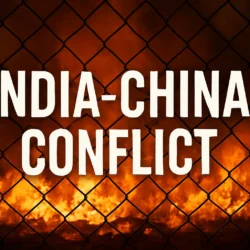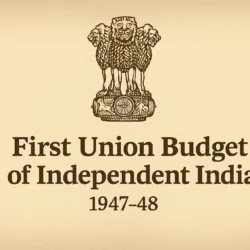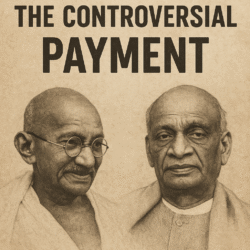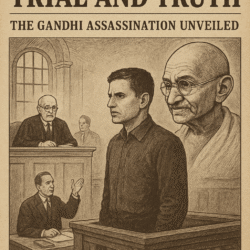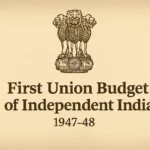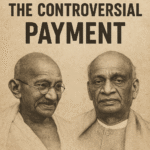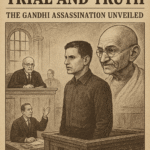Introduction
After independence, India faced several challenges—from political instability to external threats. Among these challenges, one major gap was the nation’s lack of effective foreign intelligence. It was this strategic void that led to the birth of India’s extraordinary external intelligence agency—the Research and Analysis Wing (R&AW) under the visionary leadership of Rameshwar Nath Kao, the man celebrated as India’s “Gentleman Spymaster.”
India’s Intelligence Struggles Before RAW
Despite having the Intelligence Bureau (IB) operational since colonial times, India’s early intelligence network was weak and mainly limited to domestic surveillance.
This inadequacy became painfully obvious during:
- The 1962 Indo-China War, in which IB failed to detect Chinese troop movements.
- The 1965 Indo-Pak War was when India again suffered severe intelligence lapses.
These back-to-back failures made it clear that the country urgently needed a dedicated foreign intelligence unit that could anticipate threats, outsmart its enemies, and protect national interests abroad.
The Rise of R.N. Kao
Rameshwar Nath Kao was born on May 10, 1918, in Banaras (Varanasi). Despite early hardships, he rose through sheer intellect and discipline.
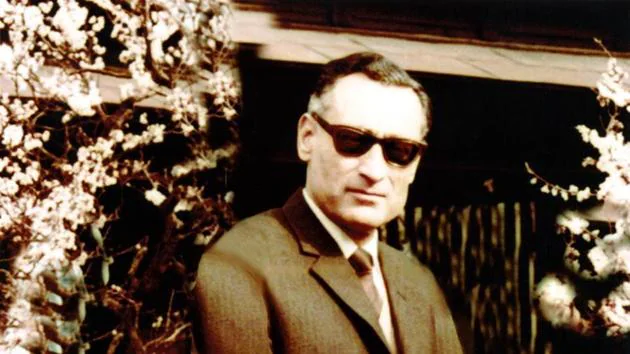
Image Source: Hindustan Times
After earning his Master’s degree in English Literature from Allahabad University, he joined the Indian Imperial Police (later IPS). His British colleagues underestimated him, but Kao’s sharp mind and composure soon made him stand out.
In 1947, after independence, Kao was appointed Deputy Director of the Intelligence Bureau (IB) under T.G. Sanjevi Pillai. Over time, his exceptional alertness and quick judgment earned him the trust of top Indian leaders, including Jawaharlal Nehru.
A famous early incident cemented his reputation—during Queen Elizabeth’s visit to India, Kao stopped an object flying toward her motorcade, suspecting danger. It turned out to be just a bouquet, prompting the Queen’s witty compliment: “Good cricket!”
The Kashmir Princess Investigation: The Turning Point
In 1955, tragedy struck when Air India’s Kashmir Princess, carrying Chinese delegates to the Afro-Asia Conference in Indonesia, exploded mid-air near the South China Sea.
Kao was chosen to lead the investigation—a test of his international espionage capability.
His six-month inquiry revealed that Taiwan’s Kuomintang (KMT) had orchestrated the bombing to assassinate Chinese Premier Zhou Enlai. This success won Kao global respect, along with Zhou’s personal appreciation and seal of honor. This investigation not only made Kao India’s top intelligence strategist but also built his vast network with British, Chinese, and American agencies.
Building RAW: India’s New Covert Power
Following India’s failures in the 1962 and 1965 wars, Prime Minister Indira Gandhi sought to establish a strong foreign intelligence agency. Her principal secretary, P.N. Haksar, who was both Kao’s colleague and former university mate, suggested R.N. Kao for the role.
In 1968, Kao founded the Research and Analysis Wing (R&AW).
He modelled it on the CIA framework but tailored it for India’s specific geopolitical challenges. Under his leadership:
- R&AW worked directly under the Prime Minister’s Office (PMO).
- All external intelligence was separated from the IB.
- Agents’ identities were strictly anonymous—even within official records.
Kao’s professional motto was simple: “Don’t give advice, be an example.”
RAW and Bangladesh’s Liberation (1971)
R.N. Kao’s greatest operational success came during the 1971 Indo-Pak War, which led to the birth of Bangladesh.
Through R&AW, Kao played a critical role by:
- Training and equipping the Mukti Bahini, Bangladesh’s liberation army.
- Setting up intelligence checkpoints along the Indian border.
- Intercepting key Pakistani telecommunication and military movements.
When Pakistan’s government planned military action in East Pakistan, Kao implemented a brilliant strategic ploy—the Ganga plane hijacking—to block Pakistani airspace using a pretext, ensuring India gained a superior position in the war.
The result: Pakistan suffered a decisive defeat, and Bangladesh was born.
The Sikkim Merger Operation
In the mid-1970s, China’s growing interference in Sikkim, then a monarchy, posed another threat to India’s sovereignty. Indira Gandhi tasked R.N. Kao to find a discreet solution.
Kao used diplomacy and covert operations—encouraging democratic movements against the monarch, Chogyal Palden Thondup Namgyal. The resulting political shift allowed India to intervene, eventually leading to Sikkim’s integration with India in 1975 after a people’s referendum where 97.5% voted in favor.
Challenges Under Morarji Desai’s Government
After the 1977 General Elections, Prime Minister Morarji Desai distrusted Kao and R&AW, accusing them of political espionage under Indira Gandhi.
Desai’s decision to share R&AW intelligence about Pakistan’s nuclear program with Pakistan’s President Zia-ul-Haq resulted in the death of many R&AW agents and one of India’s biggest intelligence losses in history.
Hurt and humiliated, R.N. Kao resigned. Still, he remained India’s most respected intelligence strategist.
Legacy of a Gentleman Spy
When Indira Gandhi returned to power in 1980, she brought Kao back as Security Advisor. Under his guidance:
- The Policy and Research Staff (PRS) was established, later evolving into the National Security Council Secretariat (NSCS).
- India’s elite anti-terror force, the National Security Guard (NSG), was formed in 1986.
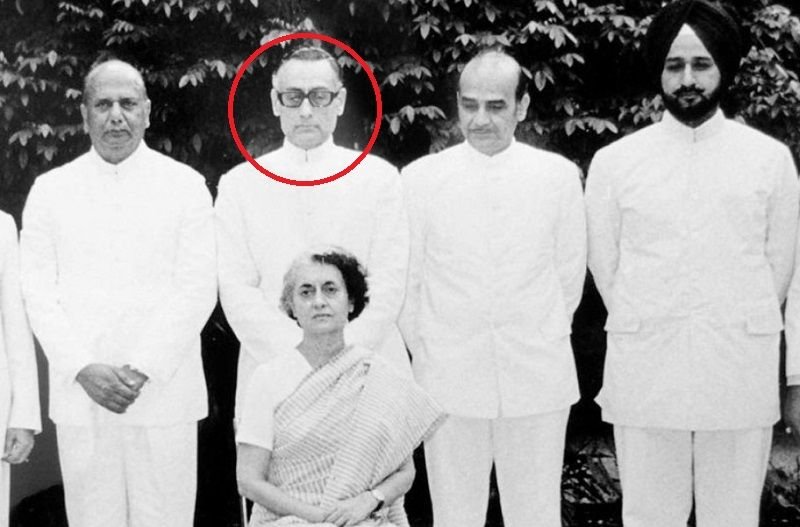
Image Source: StarsUnfolded
Throughout his life, Kao maintained remarkable secrecy, humility, and professionalism.
He passed away on January 20, 2002, leaving behind an enduring legacy of loyalty, discipline, and brilliance.
Today, the R.N. Kao Memorial Lecture Series stands as a tribute to the man who built India’s intelligence empire from the shadows.
